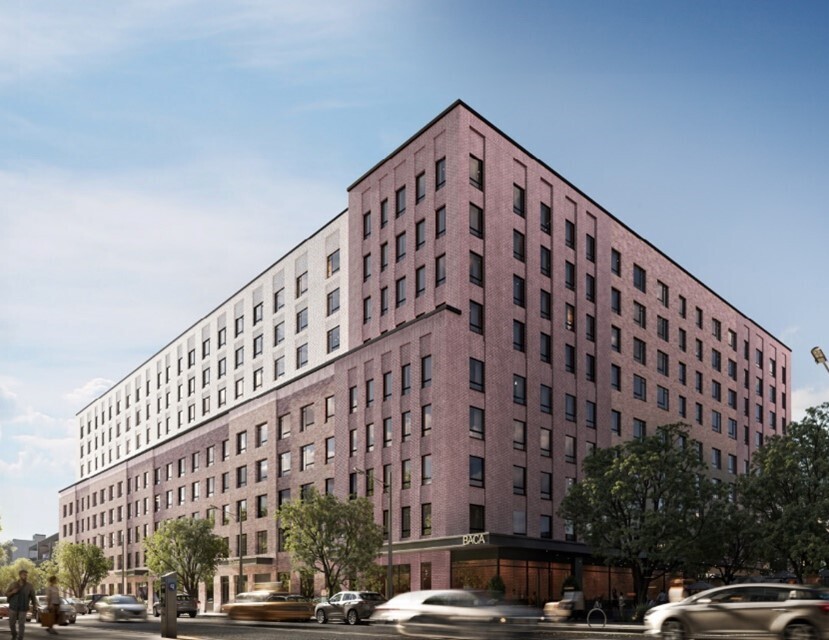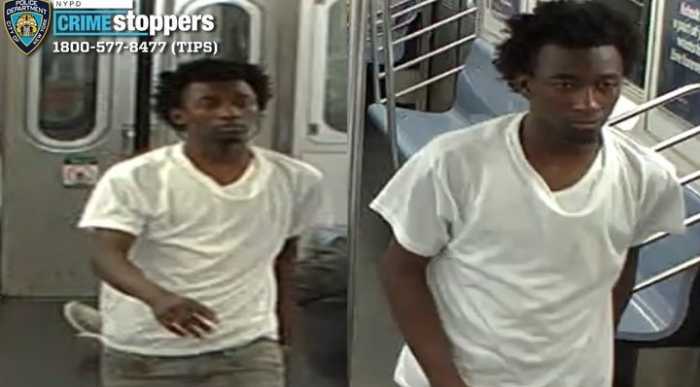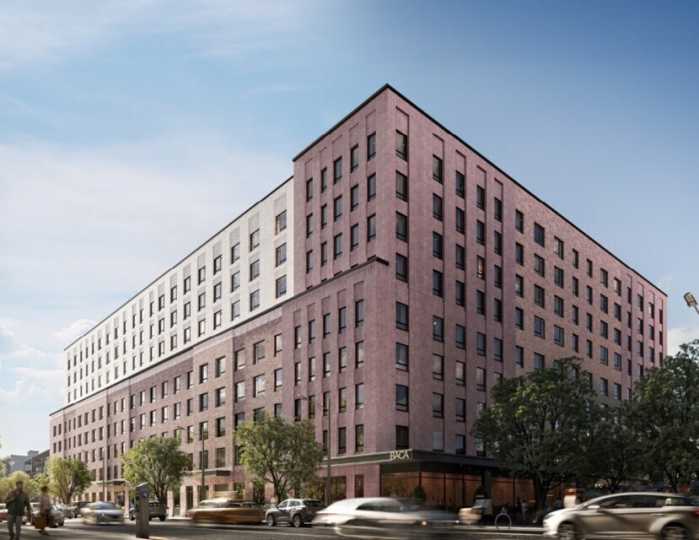For Hassein Isles, finding Wi-Fi and cell service on subway platforms is a nice surprise.
Isles, 31, a messenger who works for multiple companies, delivering food and packages by subway and bike, carries three phones. Two of them were charging in a backpack while he waited for an uptown C train Tuesday. He tapped at the third, leaning against his bike.
He says he’s been a messenger for about two years and used to miss calls and texts while on the job.
That brief subterannean disconnection is now a thing of the past, Gov. Andrew Cuomo announced last week. This Monday, Wi-Fi and cell service reached every underground subway station in the system except four that are under reconstruction.
That perk is still sinking in for many New Yorkers, who are still grappling with a years-long evolution of subway etiquette and tradition. It’s also an example of Cuomo’s renewed interest in the city’s subway system, which he effectively controls through the Metropolitan Transportation Authority. Having visibly taken the reins of megaprojects like the inaugural Second Avenue Subway stations, Cuomo’s new stab at taking responsibility for the subway underscores the many portions of the system that could use attention.
Staying in touch underground
Connectivity has been rolling out station by station since 2011.
Signs advertising the new Wi-Fi decorate stations like West 4th Street, where Wi-Fi has been available since last May, but it was still a surprise to some people passing through on Tuesday. Many were still getting used to the idea that they could check emails and their social media accounts, or more easily watch Hulu and play online games.
The connectivity doesn’t extend between stations at this point, but device use has become the predominant mode of entertainment underground, beating out old staples like staring into space, manspreading/glaring at manspreaders or reading a book. Rider Bianca Conde, 46, said that she used to get plenty of reading done during her long subway trips en route to her child care jobs. A native of Paraguay, she says she read histories of her old and adopted countries, but now she doesn’t have time.
On Tuesday afternoon, riders could take advantage of the Wi-Fi on B and D trains stuck at West 4th. Such delays are not uncommon, of course. But as riders sat and waited, at least they could page through their phones.
The timing of the final Wi-Fi rollout on Monday was slightly unfortunate for Cuomo. The governor wanted to talk about how the company tasked with bringing connectivity to the subway had finished its work ahead of schedule, in a revenue-sharing agreement at no cost to taxpayers or riders. But Monday morning, Wi-Fi was the last thing on people’s minds after cascading delays caused by a clogged drain near West 4th.
The timing was inauspicious, but it wasn’t exactly a surprise that commuters had a tough morning given the near-peak levels of ridership the system now accommodates on a daily basis.
To improve the experience, John Raskin of the transit advocacy group Riders Alliance says the newly transit-happy Cuomo should think big, “not tinkering around the edges.”
A glimpse of the future?
Thinking big would mean much more funding to improve and upkeep the system and a philosophical shift from thinking of rehabilitation as a little project as opposed to a big one on the scale of Second Avenue Subway, which the governor spent days celebrating around January 1.
Raskin points to seemingly small fixes that would improve daily commutes, such as a better signal system to allow more trains to run at a time, and accelerating the purchase of new cars that would break down less frequently and more smoothly accommodate riders. Some stations can use updates — some infrastructure around West 4th is currently undergoing such repairs.
Wi-Fi and cell service are a small part of that accommodation, but the improvement is perhaps even more important as an indication of what can happen when someone is in charge and held accountable. (The MTA’s press release on the issue noted “early delivery was in response to the Governor’s directive at the beginning of 2016 to accelerate the project.”)
For now, everyday riders will await attention to their needs as they sort out the new quirks of service. Erin Dunham, hopping on a downtown B train, said she would certainly start making calls to friends and family, killing time when possible during her commute.
Asked if this might annoy fellow New Yorkers, Dunham, 32, brushed off the issue.
“People clip their toenails on the subway. This is New York.”



























